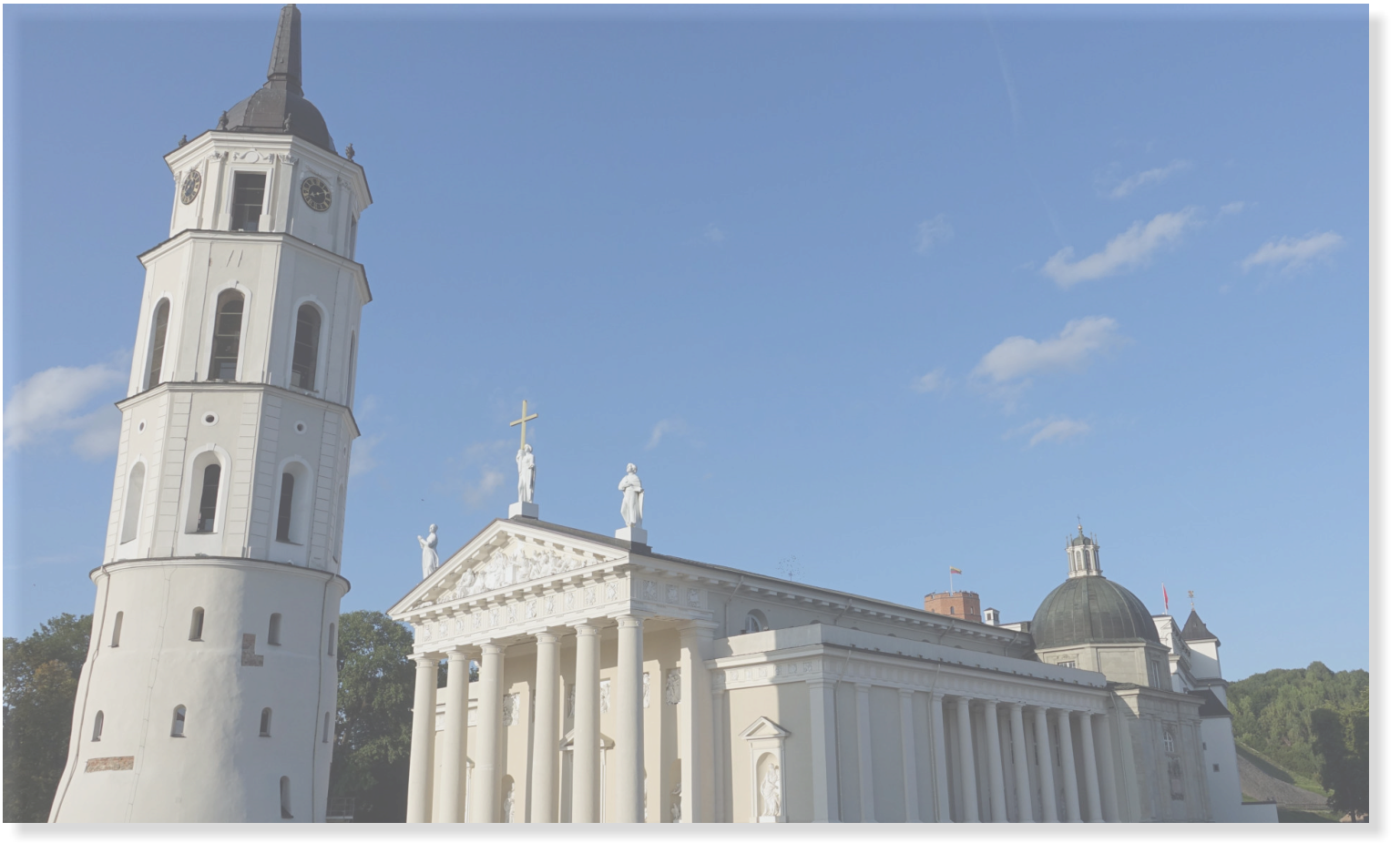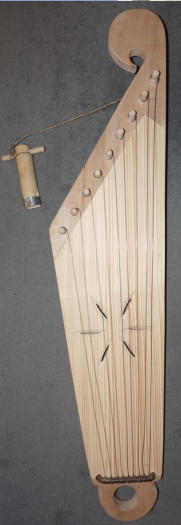
According to the Finnish linguist Eino Nieminen, the name of the instrument, as well as most of the neighbouring instruments
(letton kokles, Finnish kantele, Estonian kannel and livonian kundla), may have come from a proto-Baltic form of 'kantlas'
which means originally 'the singing tree'', ultimately drifting from the proto-European root 'qan- ' 'singing, sound'.
The body of the kankles consists of a trapezoidal piece of lime, ash, oak, maple or black alne, gutted to make a cavity.
A thin sheet of soft wood (usually spruce) is used to make a sounding board, which covers the body. Sound holes, which traditionally
take the form of a stylized flower or star, are cut out of the table harmony, allowing the sound to spread outwards








